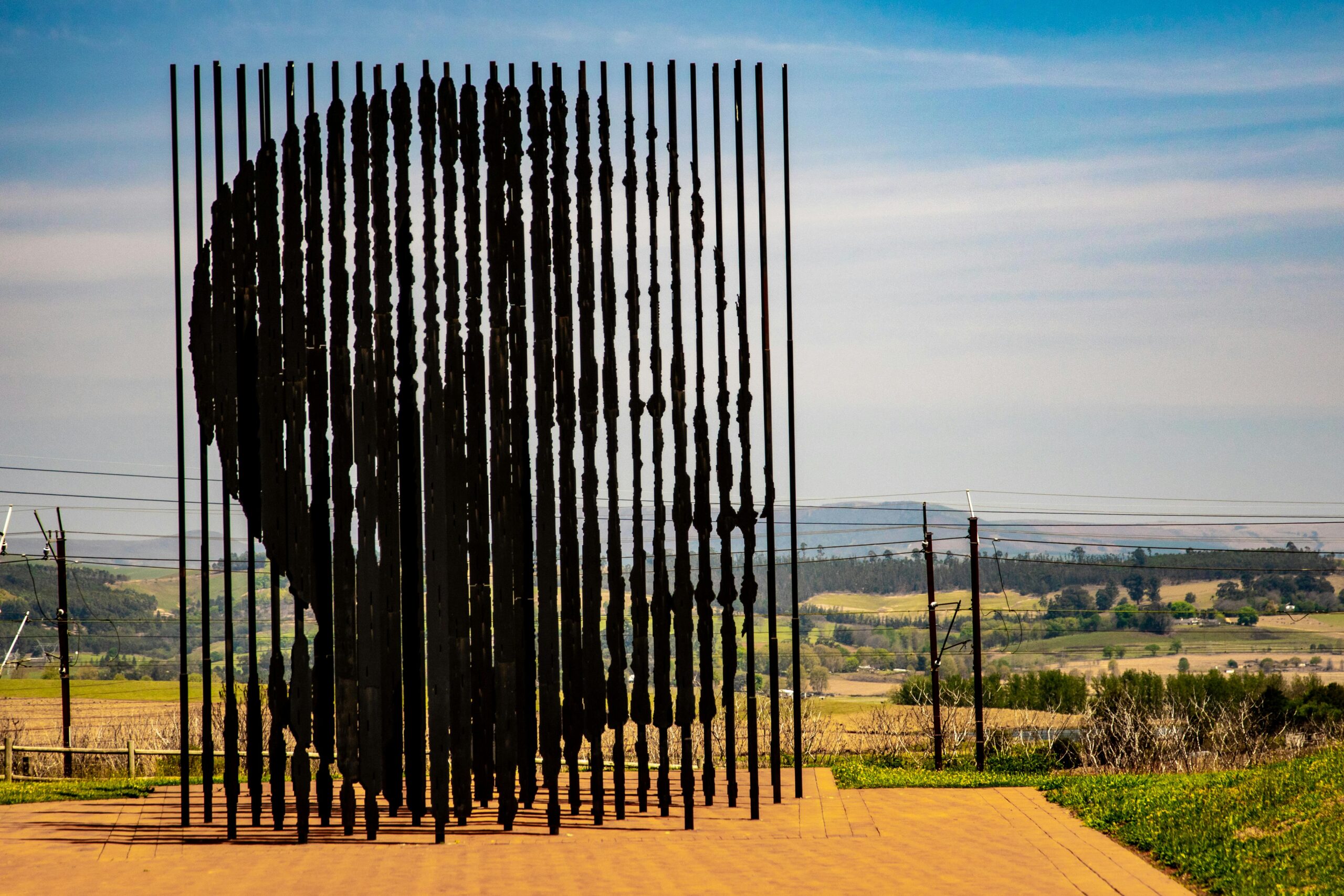The debate over whether leaders are born or made has fascinated scholars, psychologists, and historians for centuries. Are certain people natural-born leaders, gifted with innate qualities that set them apart? Or can anyone, through the right training and experience, become an exceptional leader?
In the previous blog of this series, we explored the nature vs. nurture debate in leadership, focusing on the underlying question of whether great leaders are shaped by their genetics or their environment. In this blog, we will examine historical examples of both natural-born leaders and those who were trained, revealing how both innate talent and nurtured skills have played pivotal roles in leadership throughout history.
In our next blog, we will explore how leadership can be taught, looking at methods for cultivating leadership skills and traits.
Introduction: The Two Paths to Leadership
History has shown us that leaders can emerge in two distinct ways. Some individuals seem to be natural leaders, born with charisma, confidence, and the ability to inspire others. These leaders often rise quickly due to their innate qualities. On the other hand, there are leaders who develop their skills over time, through training, mentorship, and experience.
This blog will highlight examples from history that showcase both paths: natural-born leaders who displayed early leadership abilities and trained leaders who honed their skills through guidance and experience.
Historical Examples of Natural-born Leaders
Some of the most famous leaders in history exhibited leadership traits from an early age. These natural-born leaders possessed qualities such as charisma, strategic thinking, and the ability to inspire others, often before they were formally trained or tested in battle.
Alexander the Great
One of the most well-known examples of a natural-born leader, Alexander the Great demonstrated innate leadership qualities from a very young age. By the age of 20, he had already taken command of his father’s army and set out to create one of the largest empires in history. His ability to inspire loyalty, his vision for a united empire, and his unmatched military strategies made him a leader by nature.
Napoleon Bonaparte
Napoleon Bonaparte is another striking example of a natural-born leader. Rising through the military ranks during the French Revolution, Napoleon’s charismatic leadership and strategic brilliance helped him become one of the most influential figures in European history. His innate ambition and military genius propelled him to power and led to the creation of the Napoleonic Empire.
Winston Churchill
Known for his inspiring speeches and ability to unite a nation during World War II, Winston Churchill is often seen as a leader who possessed natural qualities. His confidence, boldness, and the ability to remain calm under pressure made him a key figure in leading Britain through one of its darkest times. While Churchill faced many challenges throughout his political career, his innate leadership traits helped him guide Britain to victory.
These historical figures demonstrate how natural-born leaders can rise to the occasion, relying on their inherent traits to lead through crises.
Historical Examples of Trained Leaders
While some leaders seem to be born with leadership abilities, many great leaders have developed their skills through training, mentorship, and personal growth. These leaders show that leadership can be learned and honed through experience.
Abraham Lincoln
Unlike many natural-born leaders, Abraham Lincoln’s leadership skills were largely developed over time. Starting from humble beginnings and enduring numerous setbacks, Lincoln learned to navigate the complex world of politics through trial and error. His ability to lead the nation through the Civil War and abolish slavery did not come from innate qualities but rather from his persistent self-education and leadership training in the political arena.

Nelson Mandela
Nelson Mandela’s journey to leadership was one of resilience and learning. Although he displayed natural courage, Mandela’s leadership emerged through years of activism, imprisonment, and strategic thinking. He developed a deep understanding of leadership through experience, ultimately leading South Africa out of apartheid. Mandela’s leadership was not just inborn; it was carefully shaped through decades of perseverance and learning.
Angela Merkel
Angela Merkel’s rise to leadership demonstrates how training and experience can create great leaders. Merkel, originally a scientist, transitioned into politics and methodically climbed the ranks, ultimately becoming the Chancellor of Germany. Her steady leadership style and reliance on data-driven decisions exemplify how leadership can be learned and refined through experience and education.
These examples show that trained leaders can emerge from all walks of life, proving that leadership is not limited to those who possess natural talent. With the right training, mentorship, and experience, anyone can develop the skills necessary to lead.
How Nature and Nurture Interact in Leadership
In many cases, great leaders combine natural-born qualities with nurtured skills. Even leaders with innate charisma often require training and experience to fully realize their potential. The combination of both nature and nurture produces some of the most effective leaders, as it allows them to harness their natural abilities while continually growing and improving through education and experience.
For example, while Alexander the Great was a natural-born leader, his success was also influenced by the education he received from Aristotle. Similarly, Mandela’s perseverance combined with his strategic training allowed him to lead South Africa in a peaceful transition from apartheid.
As we move forward in this series, we’ll explore how leadership can be taught—not just through formal education but also through personal experiences and mentorship.
In the next post, we’ll examine how leadership can be taught, exploring methods for developing leadership skills.
Conclusion: Born, Trained, or Both?
The examples of both natural-born and trained leaders throughout history illustrate that leadership is not confined to innate traits alone. While some leaders may possess natural charisma or leadership traits, others are shaped through learning and experience. In many cases, leadership emerges as a blend of both nature and nurture, combining natural abilities with acquired skills.
In our next blog, we will delve deeper into how leadership can be taught and the various strategies used to develop effective leaders. This will set the stage for understanding how organizations and individuals can cultivate leadership potential, whether it’s through mentorship, training programs, or personal growth.
